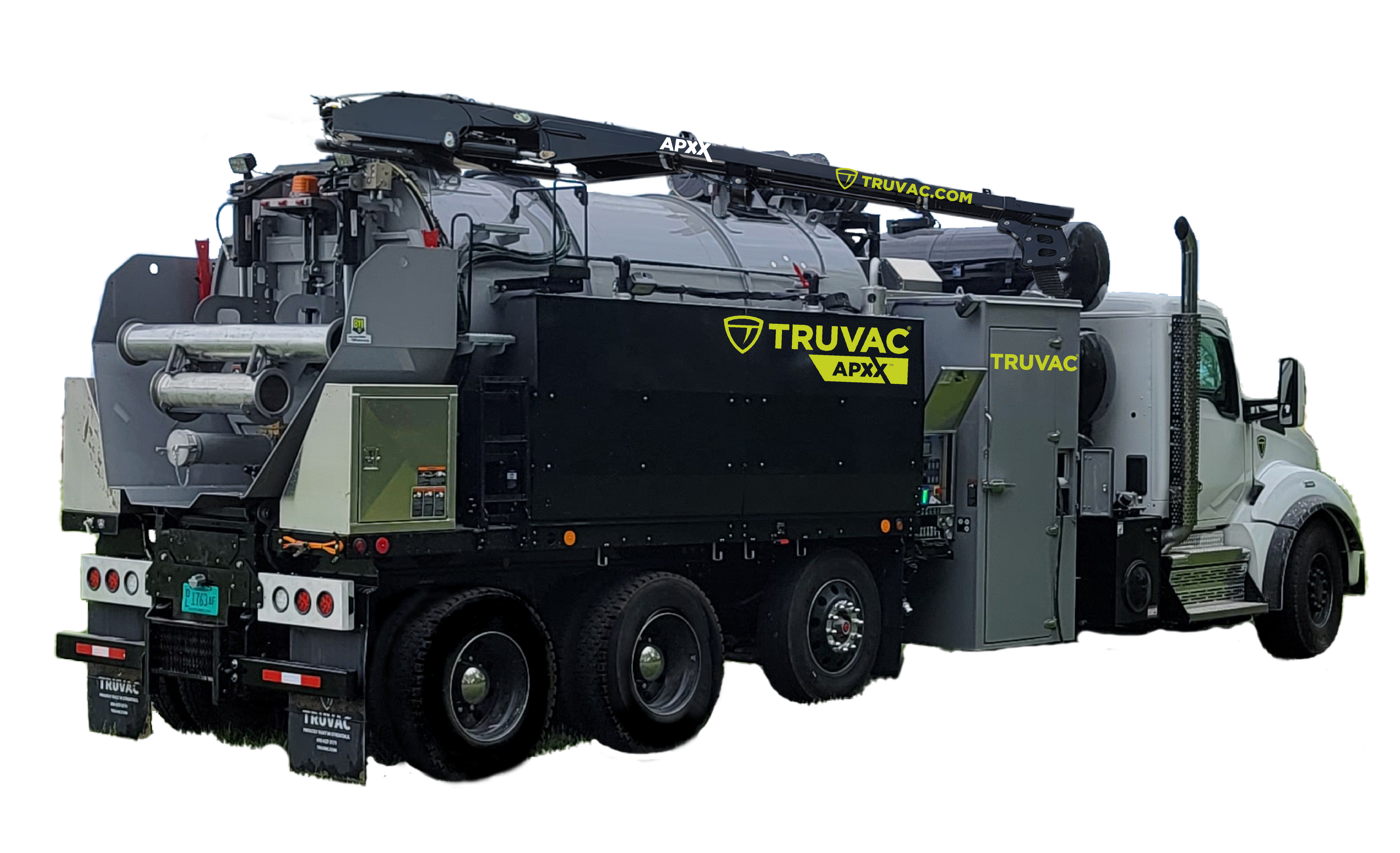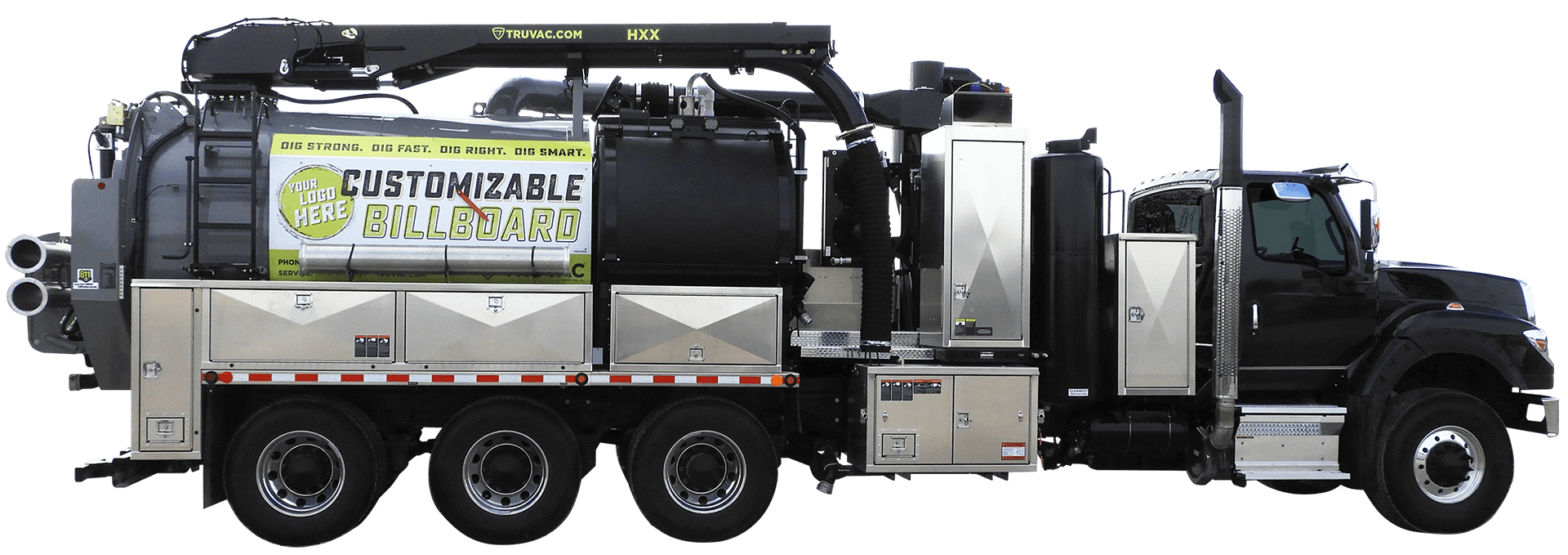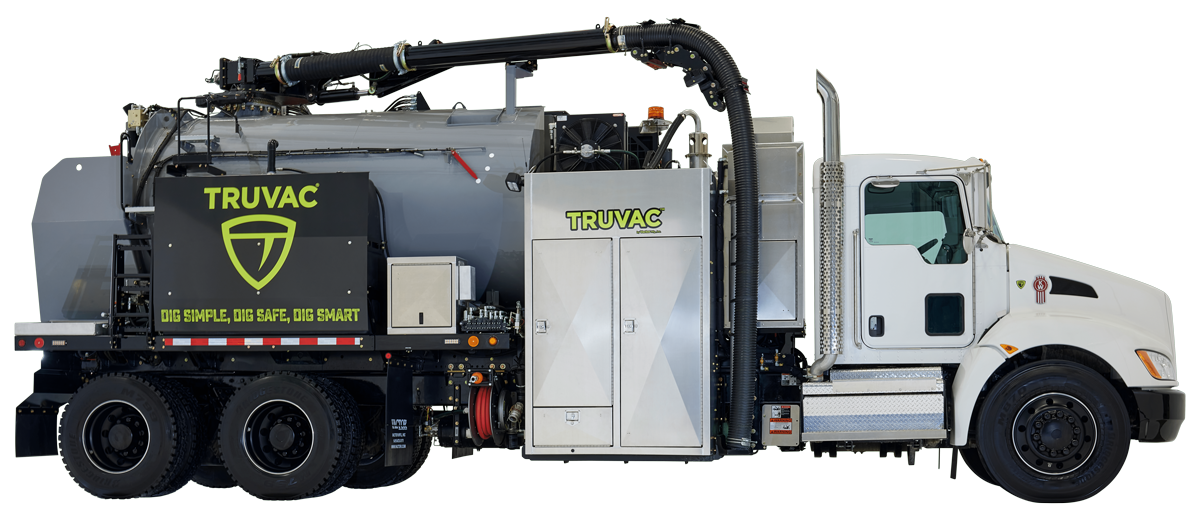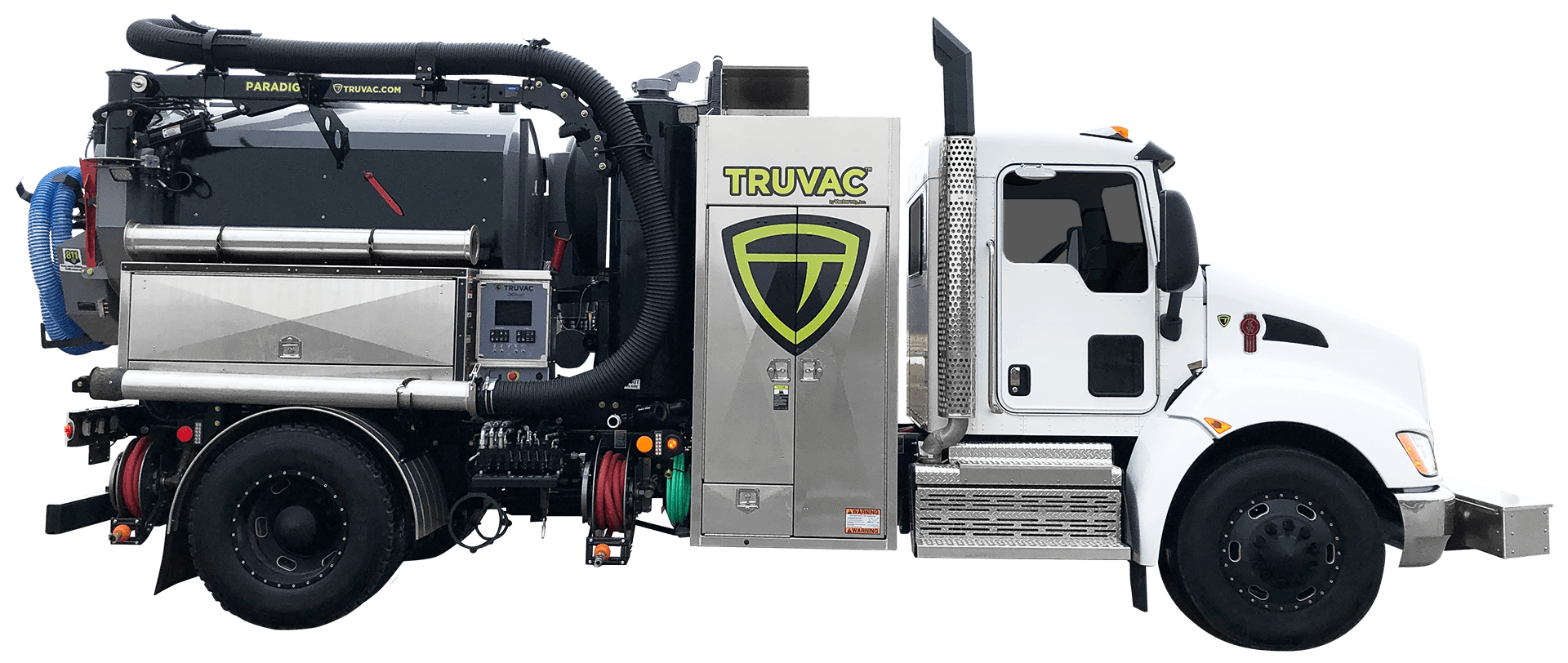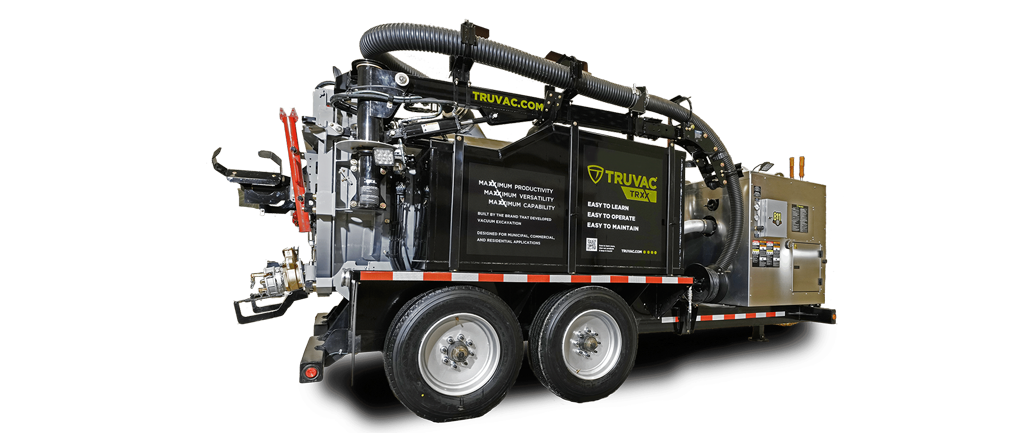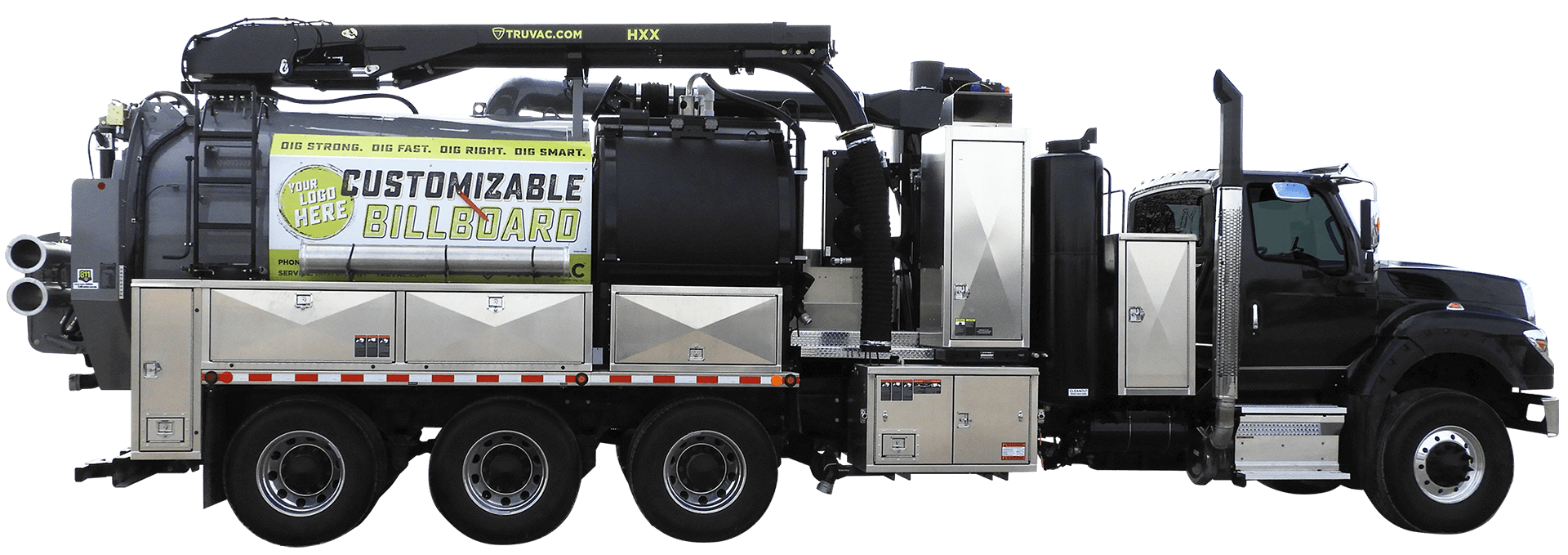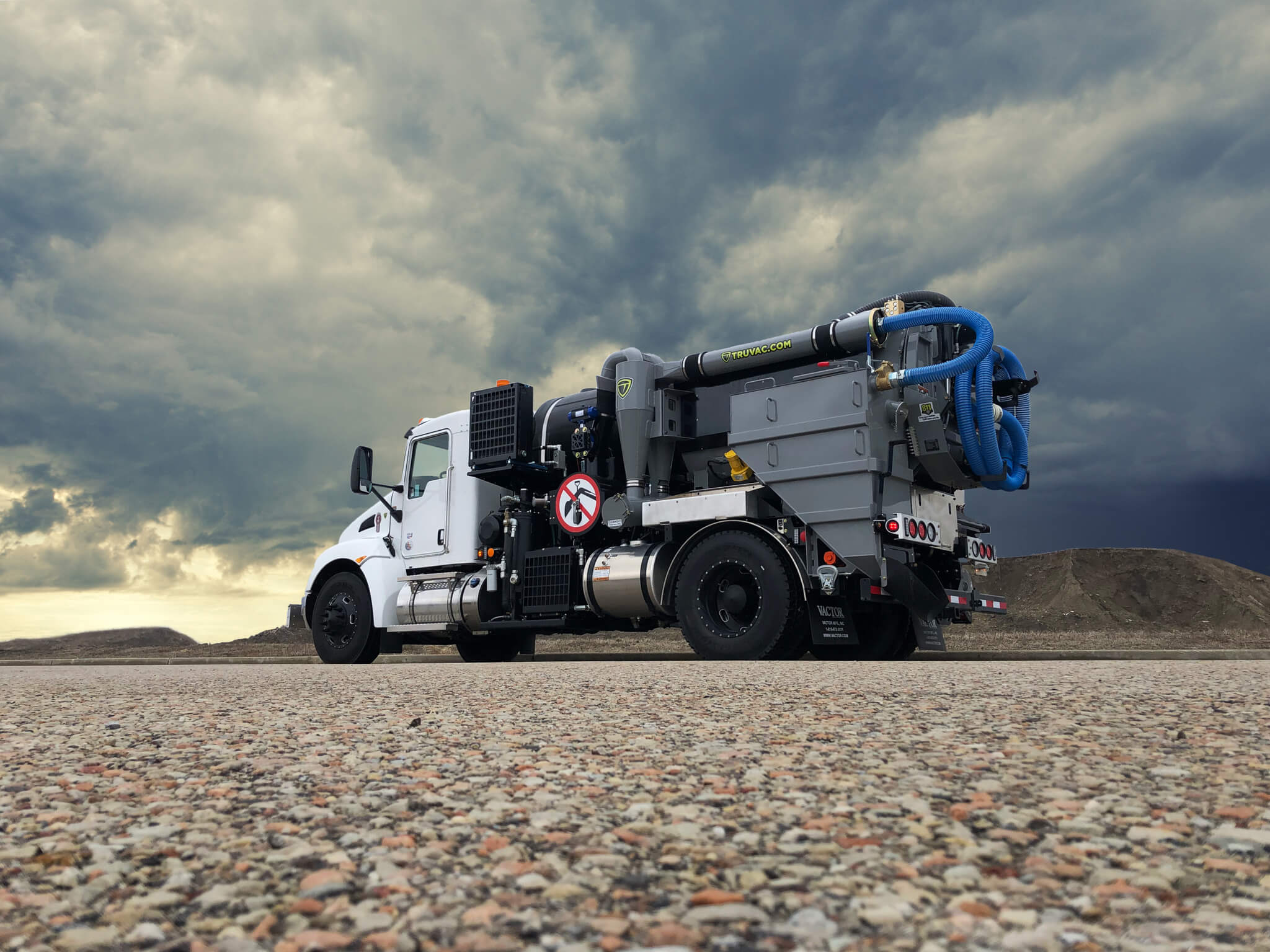Hydroexcavation: A Safer Solution for Utility Line Exposure in Urban Projects
by TRUVAC Team, on Sep 23, 2024 1:00:00 PM
As cities across the U.S. tackle aging infrastructure challenges, safely working around complex underground utility networks is becoming increasingly critical. From gas lines to water mains, electrical cables to telecom systems, the risks involved in traditional excavation methods can lead to costly repairs, delays, and even safety hazards. That’s why many municipalities and contractors are turning to hydroexcavation for a safer, more efficient approach to exposing buried utilities.
In this blog post, we’ll explore a real-world case study where hydroexcavation technology was used to expose utility lines during an urban infrastructure project safely. The story illustrates how this non-destructive excavation method offers superior safety, cost savings, and project efficiency—making it an ideal solution for contractors and municipalities alike.
The Challenge: Safely Exposing Utilities in a Crowded Urban Environment
Imagine you’re tasked with replacing a section of an aging water main beneath a busy city street. The project needs to be completed without disrupting essential services or causing damage to the multitude of underground utilities crisscrossing the work site. In the past, contractors would have used traditional mechanical digging methods, which carry the risk of damaging vital infrastructure like gas, electric, or telecom lines. Even a minor error could lead to costly repairs, delays, and service interruptions.
This was the exact scenario faced by a city that needed to replace a water main in a densely populated urban area. Given the complexity and potential risks, the project team had to find a solution that would ensure safety, protect critical utilities, and minimize disruption to the surrounding community.
Why Hydroexcavation Was the Best Choice
The project team ultimately chose hydroexcavation—a method that uses high-pressure water to break up soil and a vacuum to remove the debris. This technique allows for precision excavation without making physical contact with the utilities.
By opting for hydroexcavation, the crew could:
- Avoid Damage: The water safely exposes the utilities, while the vacuum removes the debris without the risk of accidentally striking or cutting any lines.
- Minimize Disruption: Since the process is less invasive than traditional digging, the surrounding area, including traffic flow and local businesses, remained largely unaffected.
- Ensure Worker and Public Safety: Hydroexcavation significantly reduces the risk of injury to workers and eliminates hazards posed to the surrounding community.
The Process: How It Worked
- Site Assessment: The team assessed the worksite to locate the buried utilities using utility maps and ground-penetrating radar.
- Hydroexcavation in Action: Crews used hydroexcavation equipment to carefully expose the utility lines by applying high-pressure water to the ground. As the soil was broken up, a vacuum system sucked it away, leaving the utility lines intact and clearly visible.
- Precision and Control: Hydroexcavation provided a level of precision that mechanical digging couldn’t match. Workers could safely expose utilities without worrying about damaging them.
Challenges and Solutions
Working in an urban environment always presents logistical challenges. Narrow streets, high traffic volume, and nearby businesses made it essential to complete the project with as little disruption as possible. Hydroexcavation helped overcome these challenges in several ways:
- Compact Equipment: The hydroexcavation trucks were able to operate in tight spaces without blocking off large portions of the street.
- Quick Turnaround: Because the process is fast and efficient, the team could complete the utility exposure quickly, keeping the project on schedule.
- Safety First: With minimal ground disturbance, the risk to workers and pedestrians was significantly reduced compared to traditional excavation methods.
The Outcome: A Successful Project with Lasting Benefits
By using hydroexcavation, the project team successfully exposed the utility lines without causing any damage, delays, or service interruptions. The project was completed on time and within budget, delivering key benefits that highlight the value of hydroexcavation for urban projects:
- Cost Savings: No utility damage meant avoiding costly repairs and potential penalties.
- Enhanced Safety: Both workers and the public were protected throughout the project thanks to the non-invasive nature of hydroexcavation.
- Project Efficiency: With faster excavation and less disruption, the project stayed on track, benefiting both the contractor and the local community.
Why Hydroexcavation is the Future of Urban Utility Work
The success of this urban infrastructure project is just one example of how hydroexcavation can be a game-changer for municipalities and contractors. As cities continue to modernize their infrastructure, hydroexcavation offers a safer, faster, and more cost-effective way to expose utilities without the risks associated with traditional digging methods.
At TRUVAC, we’re proud to provide the industry-leading hydroexcavation equipment that makes these projects possible. Whether you’re a contractor looking to improve job site safety or a municipality aiming to protect vital infrastructure, hydroexcavation can deliver the results you need.
For more information on how hydroexcavation can benefit your next project, contact TRUVAC today!

